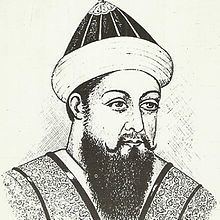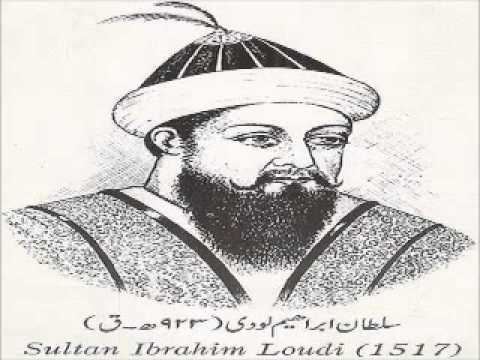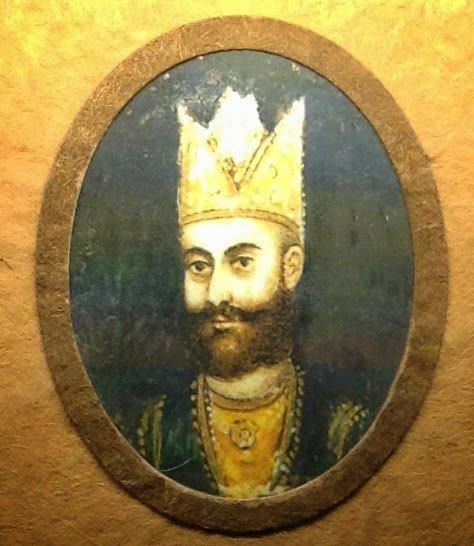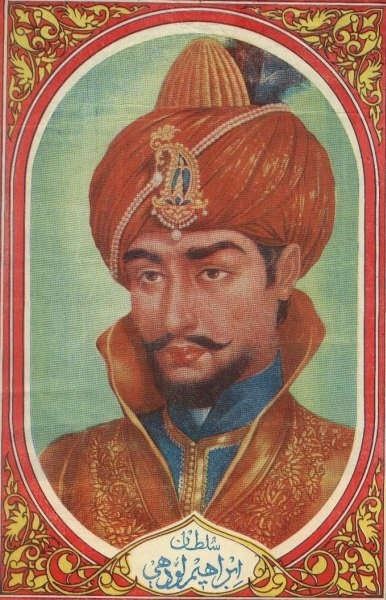Reign 1517–1526 Father Sikandar Lodi Buried Tomb of Ibrahim Lodi Grandparents Bahlul Lodi House Lodi dynasty Died April 21, 1526, Panipat Coronation date 1518 | Burial Panipat, Haryana Role Sultan of Delhi Parents Sikandar Lodi Predecessor Sikandar Lodi Name Ibrahim Lodi Successor Babur | |
 | ||
Similar People Sikandar Lodi, Babur, Bahlul Lodi, Sher Shah Suri | ||
Gam pukhtun history part 13 sultan ibrahim lodi
Ibrahim Lodi became the Sultan of Delhi in 1517 after the death of his father Sikandar Lodi. He was the last ruler of the Lodi dynasty, reigning for nine years between 1517 until being defeated and killed at the battle of Panipat by Babur's invading army in 1526, giving way to the emergence of the Mughal Empire in India.
Contents
- Gam pukhtun history part 13 sultan ibrahim lodi
- The life and death of ibrahim lodi
- Biography
- Tomb
- References

The life and death of ibrahim lodi
Biography

Ibrahim was an ethnic Pashtun. He attained the throne upon the death of his father, Sikandar, but was not blessed with the same ruling capability. He faced a number of rebellions. The Mewar ruler Rana Sangram Singh extended his empire right up to western Uttar Pradesh and threatened to attack Agra. There was rebellion in the Eastern India as well. Ibrahim Lodi also displeased the nobility when he replaced old and senior commanders with younger ones who were loyal to him. His Afghan nobility eventually invited Babur to invade India.

In 1526, the Mughal forces of Babur, the king of Kabulistan (Kabul, present Afghanistan), defeated Ibrahim's much larger army in the Battle of Panipat. Ibrahim was killed during the battle. It is estimated that Babur's forces numbered around 25,000–30,000 men and had between 20 and 24 pieces of field artillery. Ibrahim Lodi had around 30,000–40,000 men along with at least 100 elephants. After the end of Lodi dynasty, the era of Mughal rule commenced.
Tomb

His tomb is often mistaken to be the Shisha Gumbad within Lodi Gardens, Delhi. Rather Ibrahim Lodi's Tomb is actually situated near the tehsil office in Panipat, close to the Dargah of Sufi saint Bu Ali Shah Qalandar. It is a simple rectangular structure on a high platform approached by a flight of steps. In 1866, the British relocated the tomb during construction of the Grand Trunk Road and renovated it with an inscription highlighting Ibrahim Lodi’s death in the Battle of Panipat.
